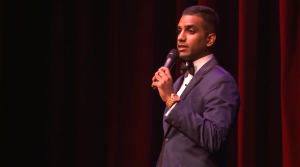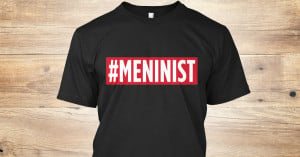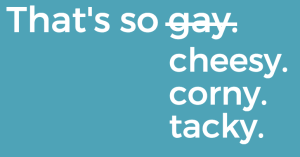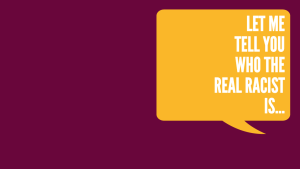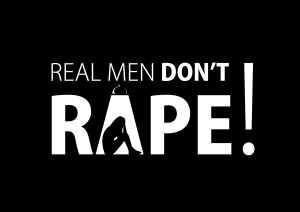Originally published on Indian Country Today Media Network and republished here with their permission.

Source: iStock
Each year, teachers with no background or understanding of Native history, culture, or current affairs, offer mainstream and Native students damaging, stereotypical curriculum.
As summer winds down and kids get ready to go back to school, let’s discuss some things teachers shouldn’t do and ways parents can help.
1. Don’t Ask Native Students to Speak for Their Race
Teachers often ask Native students about anything that comes up about Native Americans. Tell your child’s teachers that every tribe is different as are opinions among Indigenous Peoples, and your child cannot speak for everyone.
Recommend books like 500 Nations by Alvin M. Josephy.
2. Don’t Have Students Make Indian Names or Animal Totems
Many teachers try to teach about Native peoples through crafts projects or assignments like letting students choose Indian names for themselves. Consider it a teaching moment and print out this letter from Wisconsin Activist Richie Plass.
3. Don’t Host Powwows or First Thanksgivings Without Tribal Input
Some teachers think hosting a student powwow without any tribal input is okay, and honors Native people. Approach teachers as soon as school starts, and let them know you would be happy to help plan an appropriate celebration for Native American Heritage Month.
If you don’t, imitation powwows with fake animal names, paper bag vests, and fake feather headdresses could happen. Direct teachers to read “The Harm of Native Stereotyping,” and “American Indian Perspectives on Thanksgiving.”
4. Don’t Ever Tell Native Students They Are Going to Drop Out
There is no excuse for it but there are some non-Native teachers who have been known to say things like this. Many Native students report that teachers told them it didn’t matter if they attended school or got good grades, because they would fail anyway.
Native students graduate and attend the best colleges in the country, some in the face of many hardships. Teachers should be supportive of all students.
5. Don’t Say that Columbus Discovered America
This should be old news by now, but non-Native teachers are uncomfortable with the truth. Tell them to do some research and even read Lies My Teacher Told Me, by James Loewen.
6. Don’t Use Words Like Primitive, Savage, Or Uncivilized
Please. Mainstream science is only just beginning to understand astronomy, geology, and other sciences that have been common knowledge to indigenous people for thousands of years. Is your child’s teacher not so sure about that?
Show them this link to StarTeach Astronomy and their page on “Ancient Astronomy of the North American Indians.”
7. Check Reading Lists: Avoid Racist Commonly Used Books
Books likeLittle House on the Prairieby Laura Ingalls Wilder and Garth Williams andSign of the Beaverby Elizabeth George Speare are still commonly used in the classroom and feature hateful and/or stereotypical portrayals of Native people. Other books may not be overtly offensive to an unsuspecting teacher but are still incorrect or misleading.
Read “‘I’ Is Not For Indian: The Portrayal Of Native Americans In Books For Young People” on Native Culture Links before deciding to use a book in your curriculum. Teachers can also check out the American Indians in Children’s Literature blog.
8. Don’t Speak About Natives Only in the Past
Too many teachers are disconnected from Native peoples and have no sense of Natives in the present. If you suspect this is the case, offer to come into the classroom to do a presentation or even provide the teacher with a link to Oyate.org, purveyors of tribally approved curriculum and information. You can also recommend Native news sources.
9. Don’t Allow Mainstream Students to Bully Native Kids
If teachers see students doing the woo-woo thing, making fun of long hair, calling Native students by mascot names, etc., do not assume it will “toughen them up.” Bullying can result in suicide, damaged self-esteem, embarrassment and more. Teachers can use this as time to teach about diversity and respect.
10. Teacher Shouldn’t Assume They Know Anything About Natives
When teachers have no understanding of Native culture, they teach stereotypes. Have them contact their local tribes for speakers and be sure they have appropriate sources to get them on the right path to teaching accurately about Native peoples. Native Web Search has loads of resources.
[do_widget id=’text-101′]
Christine Rose is a photojournalist at Indian Country Today. Her objectives are to write about issues and people in a manner that serves to better the world. She is deeply interested in the environment, human rights, the changing world, spirituality, Indigenous issues, and the issues that all people face daily in their journey through life.
Search our 3000+ articles!
Read our articles about:
Our online racial justice training
Used by hundreds of universities, non-profits, and businesses.
Click to learn more










